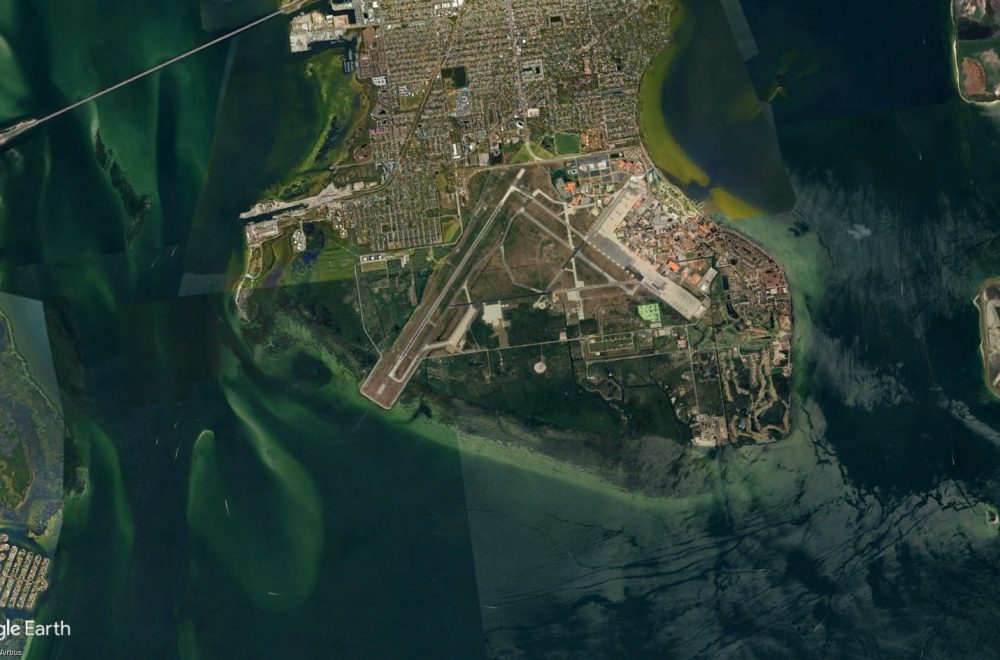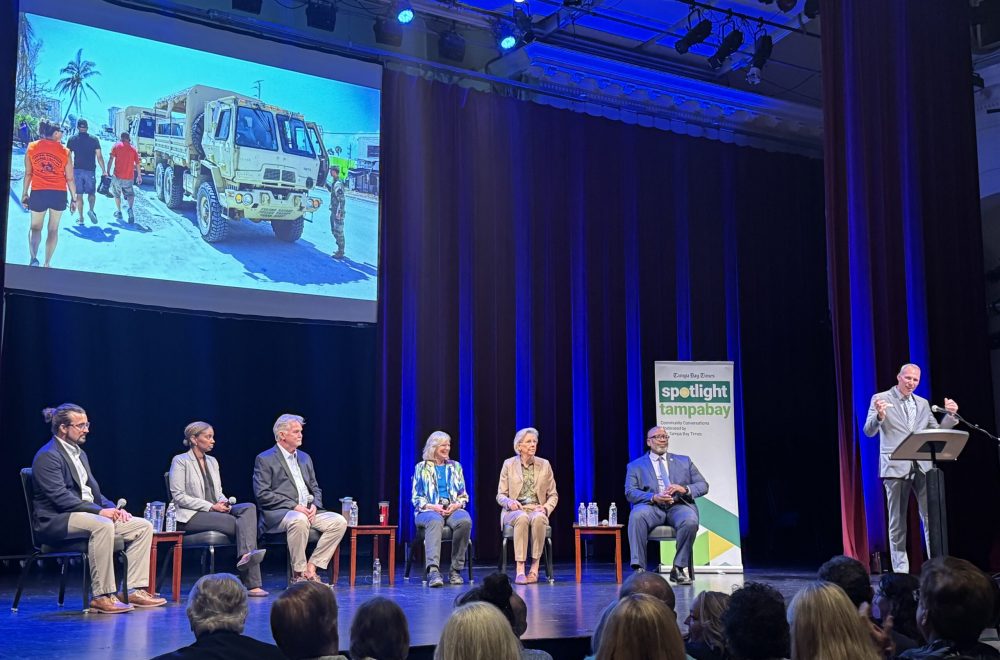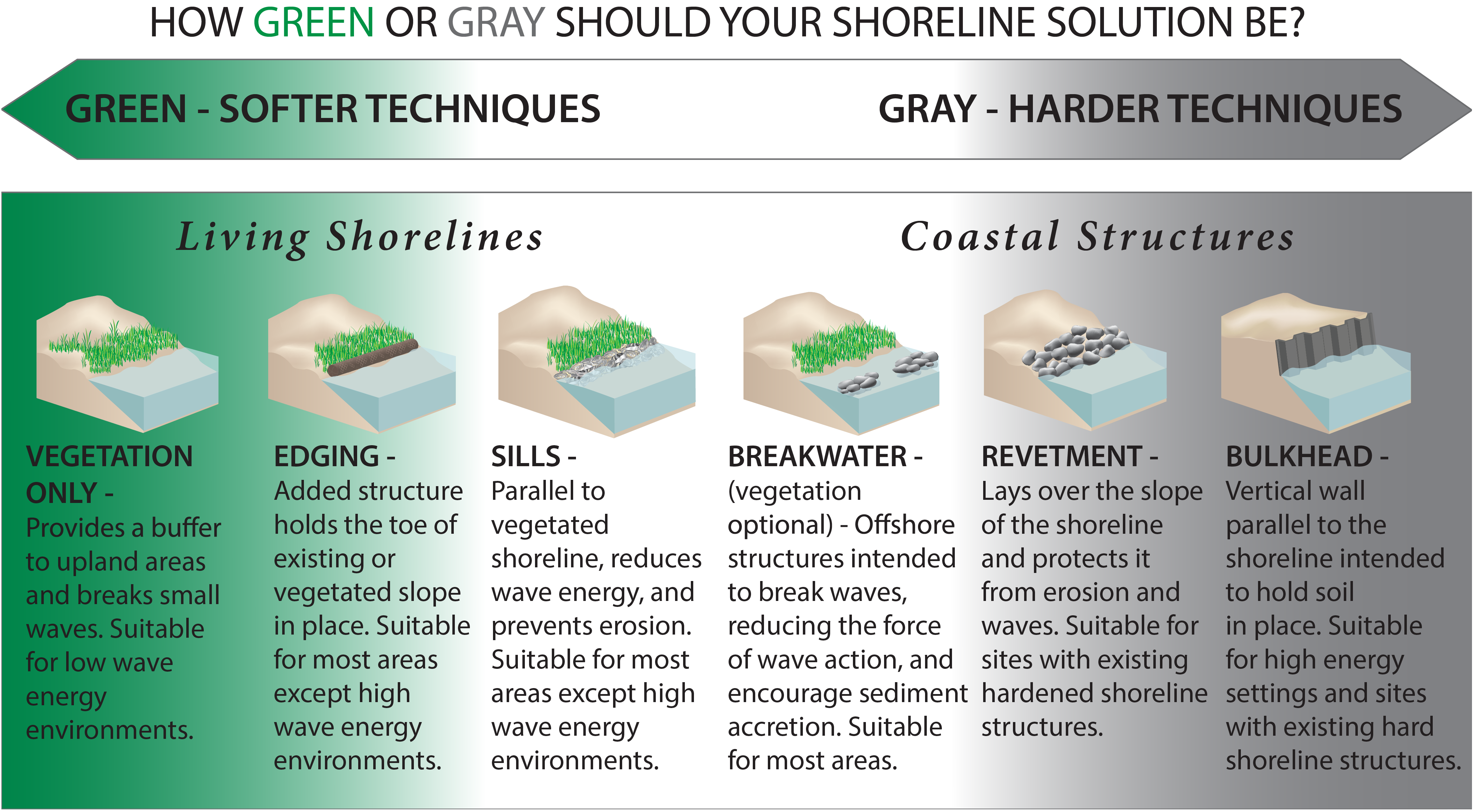The Tampa Bay Regional Planning Council has received a grant from the Florida Department of Environmental Protection to develop coordinated shoreline planning across the region. The project will convene local governments and municipalities and business and environmental stakeholders to create a policy guide for installation, permitting, maintenance of shoreline protection strategies as storm intensity and future sea level rise are projected to increase.
The project is part of the Resilient Coastlines Initiative created by Gov. Ron DeSantis through the new Resilient Florida Program. With this initiative, local communities can join together in planning efforts and share technical assistance for a coordinated approach to Florida’s coastal and inland resiliency.
“Florida Resilient Coastlines Program is excited to support the Tampa Bay shoreline project that brings local stakeholders together to develop recommendations that increase resilience, especially those that emphasize nature-based features” said Whitney Gray, Florida Resilient Coastlines Administrator. “DEP supports regional collaborations which encourage consistency and coordination across jurisdictions to improve community resilience. The project also aligns well with the directives of the new legislation to improve Florida’s coastal and inland resiliency signed by Governor DeSantis last month.”
The Tampa Bay Regional Planning Council will convene the Tampa Bay Regional Resiliency Coalition members and partners to discuss priorities and develop the policy guide, which will support local plans and updates.
“This project will help develop regionally consistent rules and more efficient permitting on these complex shoreline improvement projects,” said Pasco County Commissioner Jack Mariano. “We see a need for consistent code and uniform recommendations on seawall heights and other factors that support resilient shorelines.”
The guide will include policy recommendations and model language for private and public shorelines along rivers and coastal areas that are influenced by tides. The recommended language will define a hierarchy of shoreline policies and principles to support resilient adaptation and habitat preservation and restoration.
The project will outline opportunities for living shorelines that may help stabilize erosion and enhance habitats. The recommendations will also define locally appropriate heights for hard structures such as bulkheads and seawalls that consider future sea level rise and tidal flooding through 2070. Additionally, it will provide recommendations to support coordinated installation, maintenance, repair, oversight, enforcement and permitting of living shorelines or seawall enhancement options.
“The current policies and rules are so varied from city to city, county to county – it’s challenging for people who own waterfront homes and businesses to support resilient adaptation,” said Pinellas County Commissioner Janet Long and chair of the Tampa Bay Regional Resiliency Coalition. “Many local governments throughout the Tampa Bay region are installing living shorelines on publicly-owned property. We want to make it easy for private property owners to support living shorelines as well.”
“This project builds upon existing efforts to improve coastal planning and reduce impacts to our communities from storms and future sea level rise,” said Sean Sullivan, the Tampa Bay Regional Planning Council’s Executive Director. “It will lead to consistent construction standards and designs that consider future storm impacts and sea level rise.”
The Florida Department of Environmental Protection is the state’s principal environmental agency, created to protect, conserve and manage Florida’s environment and natural resources. The department enforces federal and state environmental laws, protects Florida’s air and water quality, cleans up pollution, regulates solid waste management, promotes pollution prevention and acquires environmentally sensitive lands for preservation. The agency also maintains a statewide system of parks, trails and aquatic preserves.




